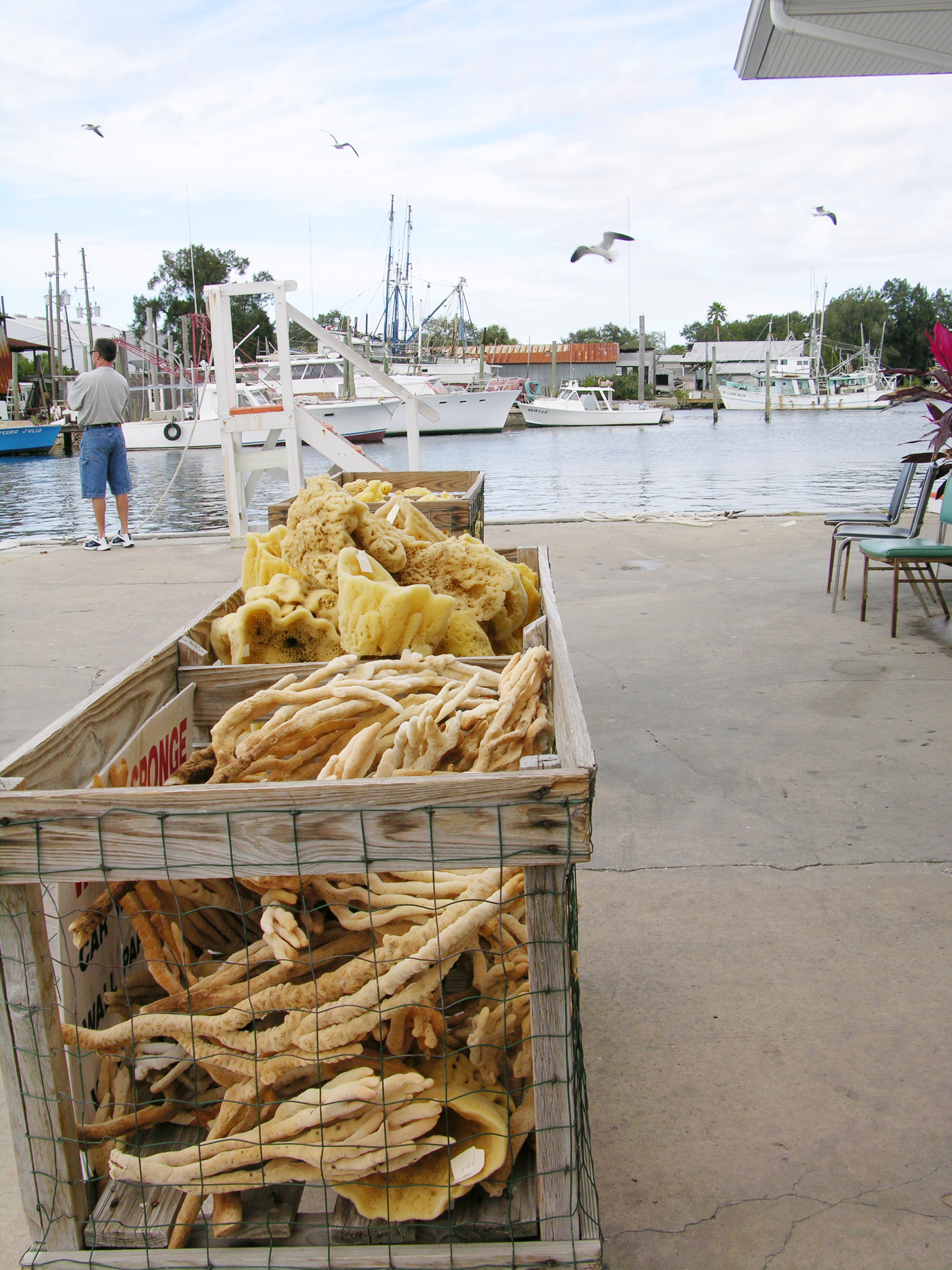


It is unknown what gave rise to the leuconoid forms of the other three sponge classes.

In leuconoid forms, the holes in the surface of the body are connected to a complex canal system with a multitude of small chamber pump units.Īlthough these are often depicted as a progressive gain in complexity in the evolution of leuconoid from ascon and sycon forms, phylogenetic analyses indicate that in Calcarea both leucon and sycon type sponges most likely arose independently from ascon forms ( Manuel, 2006), and some evidence points to the opposite process in which ascon and sycon forms may have derived from a rigid leucon body architecture ( Dohrmann et al., 2006). Water enters through short canals or directly through openings (ostia) into the chambers and leaves through a single outlet (apopyle) to the atrium and from there out of the osculum. Syconoid forms, in turn, possess many ascon-shaped cylindrical chambers branching off a central cavity (atrium). Trending Questions Is the statement true that unlike planets a dwarf planet cannot have moons? Is this the answer the moon unlike the earth does not rotate so you see the same side of the moon? Why does the sky appear much bluer in some states? Can a spore be seen with the naked eye? Who sings so far away? Why is the heliocentric picture of the solar system called a model of the solar system? What model of the universe that suggests that the sun is the center of the universe was first brought by? What other planets in the solar system have wind? How are lunar and sonar eclipse different and alike? What are three ways that the inner planets are different from the putter planets? How high up does the troposphere go? Which planet has the lowest inclination to the ecliptic of any planet? A photograph showing circular star trails is evidence that the earth? What units are distances to stars measured in and why? What is the relationship between Vega and Pleiades? Two stars having annual parallax of 0.1 and 0.02 arc seconds respectively.If they appear to have same magnitude.Insets show zoom-in water path (blue arrows) into the chambers in sycons and leucons, where in the latter, water is forced to go through collar filters (black) of choanocytes (red, cc) due to the presence of a physical gasket (g).Īsconoid forms are organized as a single tube in which the choanocytes form a single layer on the inner surface of the tube wall.


 0 kommentar(er)
0 kommentar(er)
